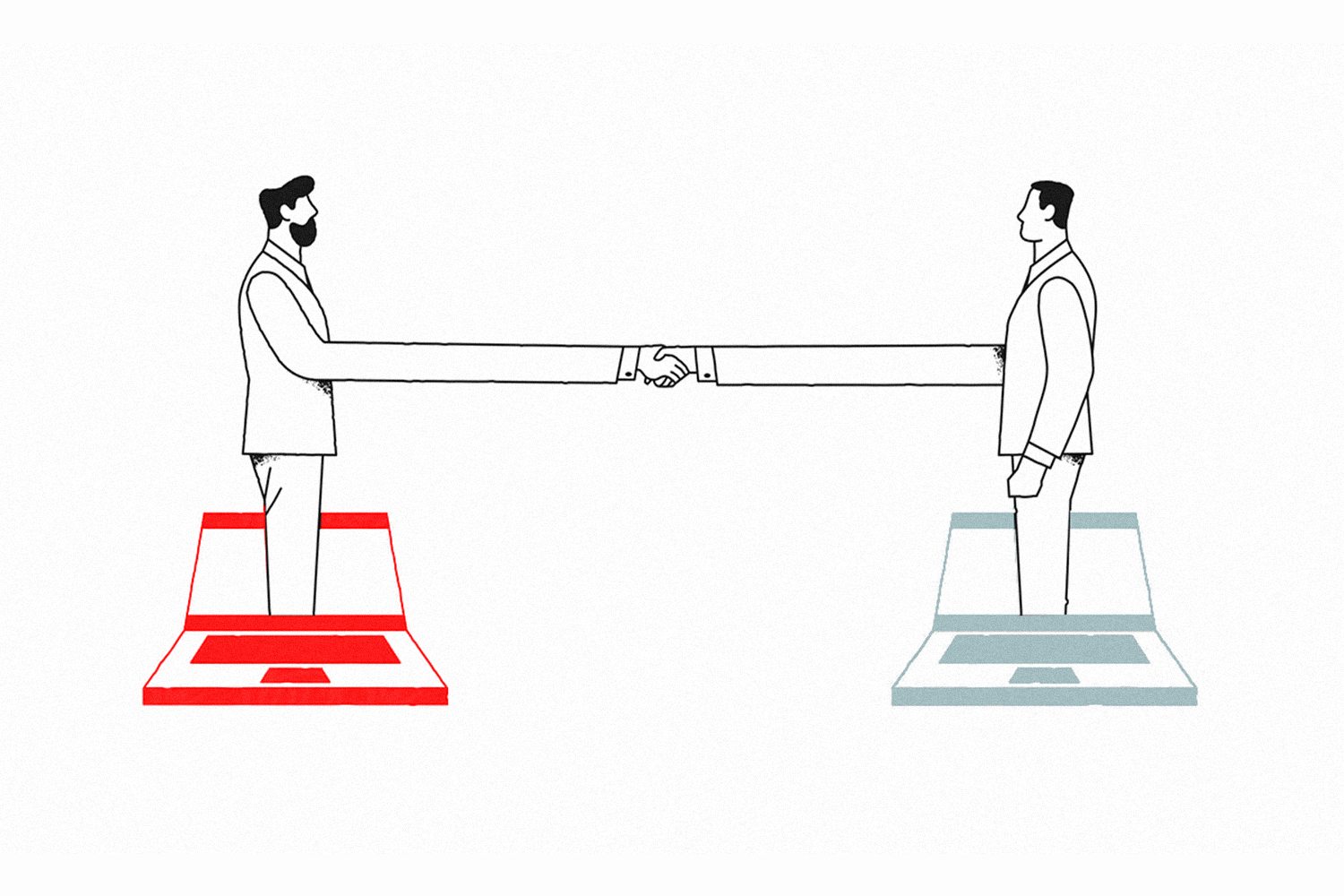Burnout, Employee Experience, Employee Well-being, Leadership & Management, Trust
There’s a syndrome affecting over 20% of employees around the world (and even more at companies with low-trust cultures).
According to the World Health Organization, its cause is “chronic workplace stress that has not been successfully managed.”
Left unchecked, it can wreak havoc on your workplace culture and organization’s financial wellbeing. We're talking about job burnout.
What causes job burnout?
Burnout is something we're all at risk for. It’s when that stress becomes more than we can handle that burnout creeps into our lives and establishes a foothold in our workplaces.
Workplace burnout can look a little bit different for each person, but it typically occurs when an employee feels:
- Limited control of their environment and over their schedule
- Limited participation in decision making
- Lack of clarity in their work
- Communication is poor, especially with management
How common is job burnout among employees?
While each company’s experience is unique, the data we’ve collected and analyzed from 1,570 companies (comprising over 1.7 million survey responses) show that there are clear connections between the quality of your company culture and how many of your people are experiencing burnout:
- Overall, over one-fifth (22%) of employees experience burnout — a rate that has held steady for the last three years
- At companies with high-trust cultures (that is, companies on the Fortune 100 Best Companies to Work For® and other Best Workplaces™ lists), 16% of employees report experiencing burnout
- In companies with low-trust cultures, over one-fourth (27%) of employees report experiencing burnout
In other words, burnout at a company with a low-trust culture is nearly twice as widespread as burnout at a company with a high-trust culture.
Why employee burnout matters
Burnout doesn’t just impact the employees who are experiencing it. It can have a substantial impact on a company’s ability to perform.
Employees who are burnt out are far more likely to:
- Quit their jobs
- Negatively impact the overall company culture
- Operate at lower levels of productivity
This impacts a company’s ability to retain talent, with the increased turnover leading to:
- Higher talent acquisition and onboarding costs
- Lower overall productivity
Burnt-out employees who do stick around can negatively impact company culture, which strongly correlates to productivity and financial performance.
While burnout’s busy taking a toll on employees’ health and happiness, it’s also quietly eating away at companies’ ability to achieve their mission and financial objectives.
How can you spot and track burnout in your workplace
If you’re relying on burnt-out employees to tell you that they feel that way, you’re going to severely misjudge how widespread burnout is.
Burnout can take many forms, and burnt-out employees may not even realize that’s what they’re experiencing.
We’ve dug into our Trust Index™ – our employee survey backed by almost 30 years of company culture data — to narrow in on nine statements that help identify burnout:
- When an employee responds positively to at least seven of the nine statements, they — and their organization — are successfully managing the risk for burnout.
- If they respond positively to only six or fewer statements, they are likely experiencing burnout.
Compared to employees successfully managing their workplace stressors, employees that were experiencing burnout were:
- 3 times less likely to think management’s actions match its words
- 3 times more likely to feel micromanaged
- 2.5 times less likely to feel informed about important changes
- 2.4 times more likely to feel like a cog rather than a person
- 2 times less likely to say that their workplace is a fun or great workplace
On average, burnt-out employees’ answers to the question, “What makes your workplace a great place to work?” used 25% fewer words than those who were not experiencing burnout. The phrase “golden handcuffs” appeared frequently in their responses. Many simply didn’t respond at all.
Conversely, when asked, “What would make this a better place to work?” burnt-out employees used 71% more words on average than their colleagues who were not experiencing burnout, with top phrases including:
- “fear of retaliation”
- “downward spiral”
- “feel bullied”
- “discrimination”
- “remove favoritism”
By digging deeper into both the quantitative and qualitative results of your employee survey, you can identify how widespread burnout is in your organization and establish a benchmark to work on improving.
How to prevent employee burnout
Identifying burnout among your employees is the first step to correcting it. The good news is that there are practical steps you can take to reduce burnout and help keep it from coming back.
If you want to learn more about how our employee survey and HR analytics can help you track and nip burnout in the bud – contact us for a demo today.












